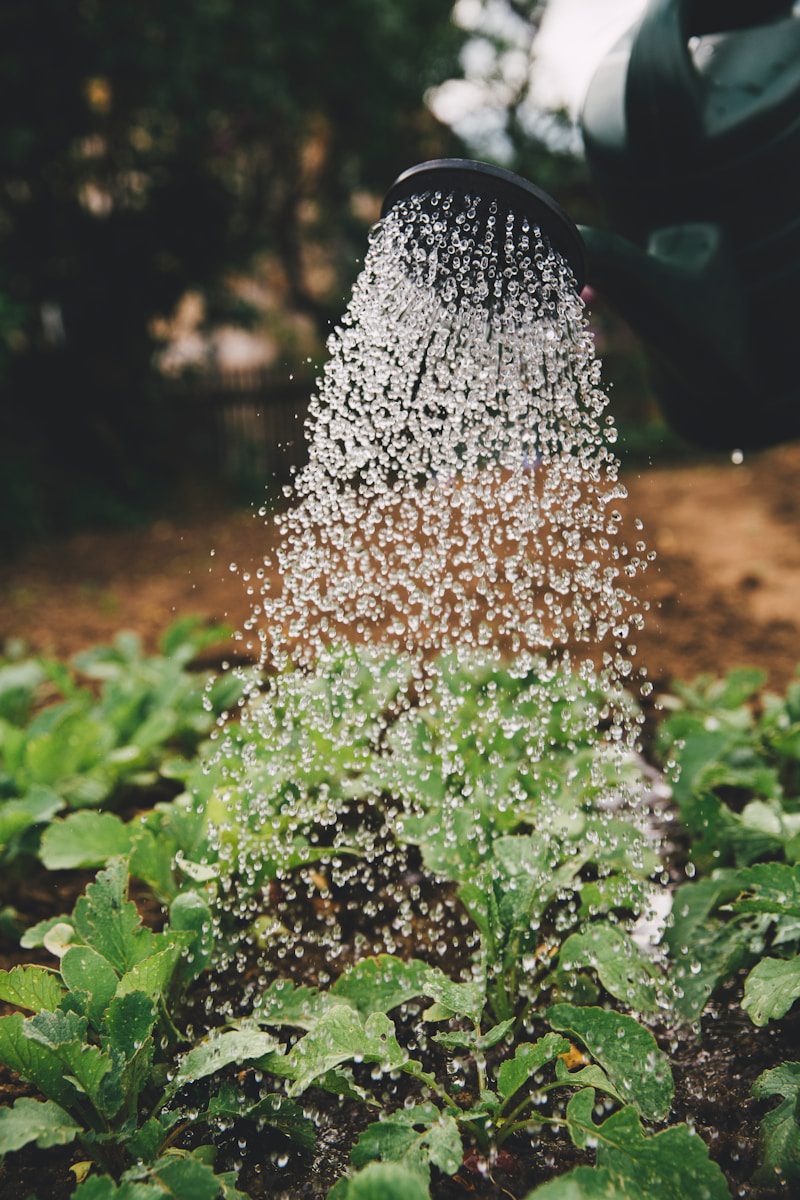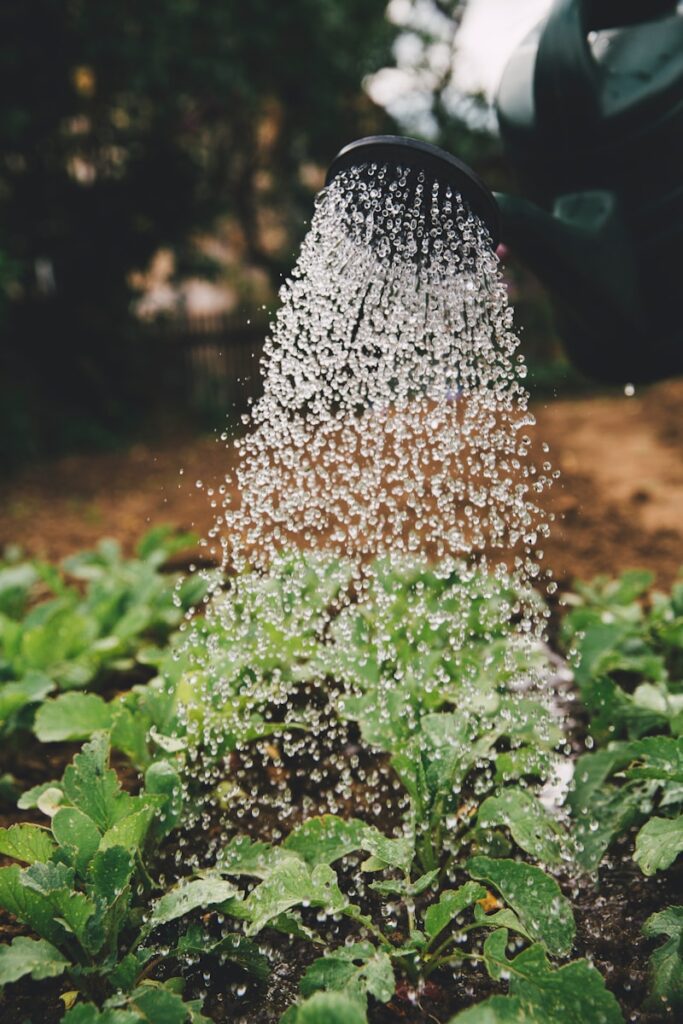
Are you ready to start your own organic garden and enjoy fresh, healthy produce right from your backyard? Organic gardening is a rewarding and sustainable way to grow your food, and it’s easier than you think. This beginner’s guide will walk you through all the essential steps, from choosing the right location and preparing the soil to selecting the best plants and controlling pests. With a little planning and effort, you’ll be well on your way to a bountiful harvest of organic vegetables, fruits, and herbs. Let’s get started!
Choose the right location

Choosing the Right Location: A Foundation for Organic Gardening Success
When embarking on your organic gardening journey, selecting the right location for your garden is paramount to its success. Several key factors should be taken into consideration to ensure your plants thrive and produce a bountiful harvest.
Sunlight is essential for photosynthesis, the process by which plants convert sunlight into energy. Most vegetables, fruits, and herbs require at least six hours of direct sunlight per day. Choose a spot in your yard that receives ample sunlight throughout the day, ideally in the morning when the sun’s rays are less intense.
Good drainage is crucial to prevent waterlogging, which can suffocate plant roots and lead to root rot. Inspect the area after heavy rain or watering to assess drainage. If water pools or takes a long time to drain, consider creating raised beds or amending the soil with organic matter to improve drainage.
The microclimate of your chosen location also plays a significant role in plant growth. Factors such as frost pockets, wind exposure, and temperature fluctuations can impact plant survival and productivity. Observe your chosen area over several days to understand its microclimate and select plants accordingly.
In some cases, creating raised beds can be beneficial, especially if your soil has poor drainage or is compacted. Raised beds improve drainage, aeration, and soil temperature, providing an optimal environment for plant growth.
By carefully considering these factors and choosing the right location, you lay the foundation for a thriving organic garden that rewards you with a bountiful harvest of fresh, healthy produce.
Prepare the soil
Preparing the soil is a crucial step in organic gardening, as it provides the foundation for healthy plant growth and a bountiful harvest. Before planting, it’s essential to remove any existing weeds or debris from the garden bed to prevent competition for nutrients and space. This can be done manually by pulling the weeds out by their roots or by using a hoe or weed trimmer. Next, adding compost or well-rotted manure to the soil helps improve its structure, fertility, and water-holding capacity. Compost also introduces beneficial microorganisms that contribute to overall soil health.
Adequate watering is vital for seed germination and plant growth. Deep watering encourages strong root development and helps plants withstand dry spells. However, overwatering should be avoided, as it can lead to root rot and nutrient leaching. Monitoring the soil’s moisture levels and adjusting watering frequency accordingly is essential. Additionally, testing the soil pH is recommended to ensure it falls within the optimal range for the plants you intend to grow. Most vegetables and herbs prefer a slightly acidic to neutral pH level between 6.0 and 7.0. Adjusting the soil pH using organic amendments like lime or sulfur can be done if necessary.
By following these soil preparation techniques, you can create an optimal environment for your organic plants to thrive, resulting in a bountiful and healthy harvest.
Choose the right plants
When choosing plants for your organic garden, it’s essential to select varieties that are well-suited to your specific climate and soil conditions. Consider the following factors when making your selections:
**Climate:** Research the USDA plant hardiness zone for your area to determine which plants are likely to thrive in your local climate. Consider factors such as temperature, humidity, and rainfall. Choose plants that are adapted to your specific growing conditions to ensure their success.
**Soil:** Different plants have different soil requirements. Some plants prefer acidic soil, while others prefer alkaline soil. Some plants require well-draining soil, while others can tolerate wet or compacted soil. Test your soil pH and texture to determine which plants are best suited for your garden.
**Pest and disease resistance:** Choose plants that are known to be resistant to common pests and diseases in your area. This will help to reduce the need for chemical pesticides and fungicides, maintaining the organic integrity of your garden.
**Companion planting:** Consider the concept of companion planting, which involves planting different plants together to benefit each other. Some plants, when grown together, can improve soil fertility, deter pests, or attract beneficial insects. Research companion planting techniques to optimize the growth and health of your plants.
**Diversity:** Grow a diverse range of plants to enhance the resilience and sustainability of your garden. Monocultures (growing only one type of plant) can be more susceptible to pests and diseases. By growing a variety of plants, you create a more balanced ecosystem that can better withstand challenges.
By carefully selecting plants that are suited to your climate, soil conditions, and specific needs, you can lay the foundation for a successful and bountiful organic garden.
Organic pest control
methods are essential for protecting your organic garden from pests without resorting to harmful chemicals. Several effective organic pest control methods are available, each with its benefits.
Companion planting involves planting different types of plants together to benefit each other. For example, planting marigolds near tomatoes can help repel pests like aphids and whiteflies.
Neem oil is a natural pesticide derived from the neem tree. It is effective against a wide range of pests, including aphids, mites, and whiteflies. Neem oil can be applied directly to plants or diluted with water and sprayed.
Insecticidal soap is another natural pesticide effective against soft-bodied insects like aphids, mealybugs, and whiteflies. Insecticidal soap can be made at home or purchased from a garden supply store.
Row covers are physical barriers placed over plants to protect them from pests. Row covers can be made of various materials, such as plastic, fabric, or netting.
Beneficial insects are natural predators of pests. Encouraging beneficial insects into your garden can help control pest populations. Beneficial insects include ladybugs, lacewings, and parasitic wasps.
By using these organic pest control methods, you can protect your organic garden from pests without harming the environment or your health.
Harvesting and storing your crop
is an important part of organic gardening. It is important to harvest your crops at the right time to ensure the best flavor and nutritional value. You should use sharp tools to avoid damaging the plants and handle your crops carefully to prevent bruising. There are several different ways to preserve your crops, such as canning, freezing, or drying them.
Some methods of preservation are more suitable for certain types of produce. For example, canning is ideal for fruits and vegetables that are high in acidity, such as tomatoes, peaches, and pears. Freezing is a good option for fruits and vegetables that are high in moisture content, such as berries, corn, and peas. Drying is best suited for herbs, spices, and some fruits, such as raisins and apricots.
Canning, freezing, and drying are all great ways to preserve your harvest and enjoy fresh, organic produce all year long. By following these tips, you can ensure that you get the most out of your organic garden.
